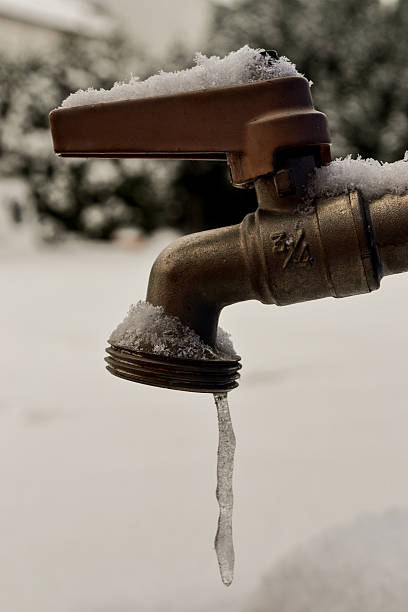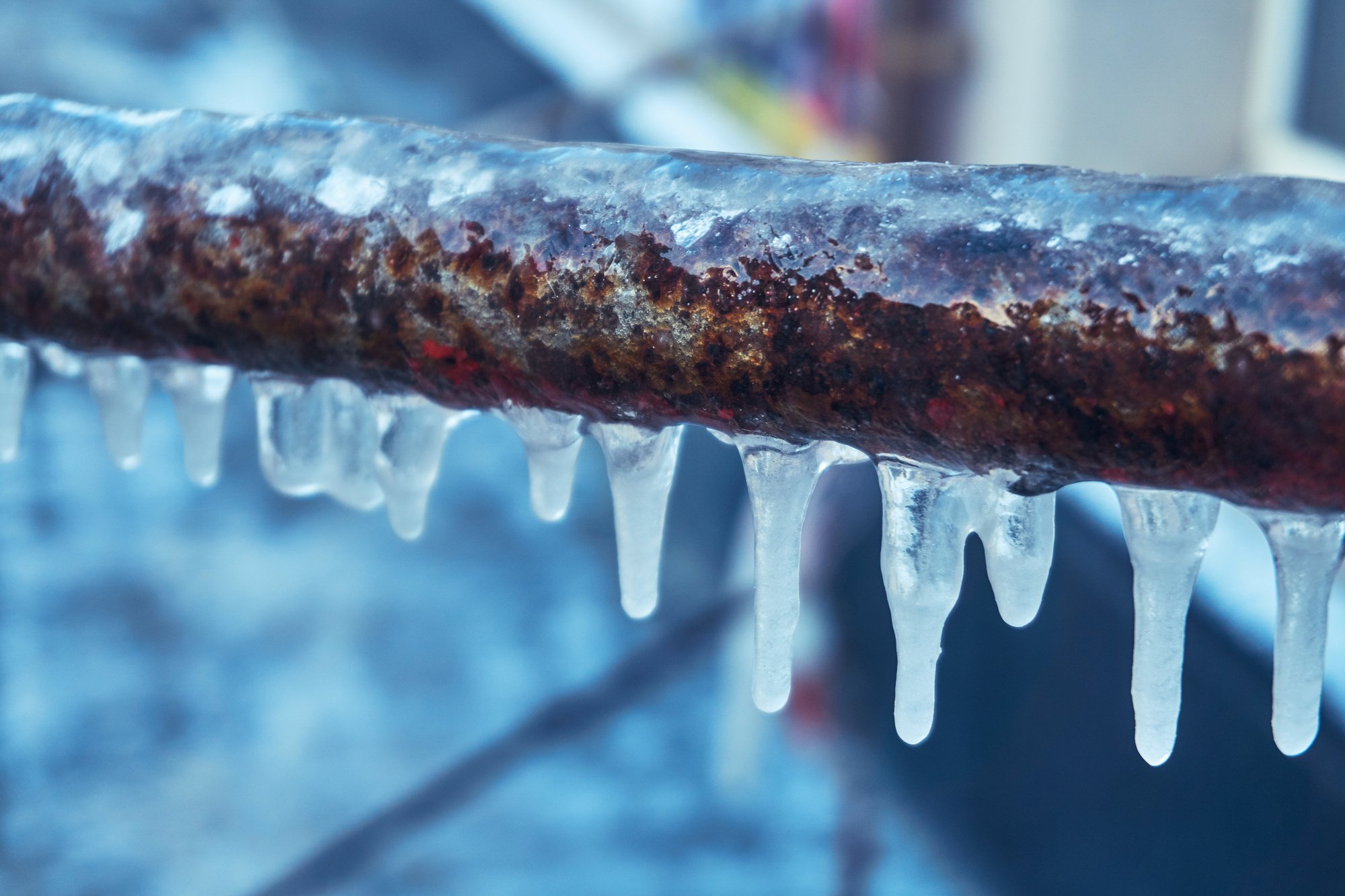We have discovered the article about 6 Ways to Prevent Frozen Pipes directly below on the web and felt it made perfect sense to write about it with you on this page.

Cold weather can damage your pipes, specifically by freezing pipes. Here's exactly how to avoid it from taking place and what to do if it does.
Intro
As temperature levels decline, the threat of icy pipelines rises, possibly bring about pricey repairs and water damages. Recognizing just how to stop icy pipelines is crucial for property owners in cool environments.
Avoidance Tips
Insulating susceptible pipes
Wrap pipelines in insulation sleeves or utilize warmth tape to shield them from freezing temperature levels. Concentrate on pipelines in unheated or external locations of the home.
Home heating strategies
Maintain indoor areas appropriately warmed, specifically locations with plumbing. Open cupboard doors to enable cozy air to circulate around pipelines under sinks.
Just how to identify frozen pipes
Look for lowered water flow from faucets, uncommon odors or sounds from pipes, and visible frost on revealed pipes.
Long-Term Solutions
Architectural changes
Consider rerouting pipes away from exterior wall surfaces or unheated locations. Include extra insulation to attics, basements, and crawl spaces.
Upgrading insulation
Invest in high-grade insulation for pipelines, attic rooms, and wall surfaces. Correct insulation aids preserve constant temperature levels and minimizes the danger of frozen pipes.
Protecting Exterior Pipes
Garden hose pipes and outdoor taps
Detach and drain yard pipes before winter. Mount frost-proof spigots or cover outdoor taps with insulated caps.
Recognizing Frozen Pipelines
What triggers pipelines to freeze?
Pipelines freeze when revealed to temperature levels listed below 32 ° F (0 ° C) for prolonged durations. As water inside the pipes ices up, it increases, taxing the pipeline wall surfaces and possibly triggering them to rupture.
Dangers and damages
Frozen pipes can bring about water supply disruptions, residential or commercial property damage, and pricey fixings. Ruptured pipelines can flood homes and create comprehensive structural damage.
Indicators of Frozen Piping
Identifying icy pipelines early can stop them from bursting.
What to Do If Your Pipes Freeze
Immediate actions to take
If you presume icy pipelines, keep faucets open up to eliminate pressure as the ice thaws. Use a hairdryer or towels taken in hot water to thaw pipes gradually.
Final thought
Preventing frozen pipelines requires positive actions and quick actions. By recognizing the causes, indications, and safety nets, homeowners can safeguard their pipes throughout winter.
5 Ways to Prevent Frozen Pipes
Drain Outdoor Faucets and Disconnect Hoses
First, close the shut-off valve that controls the flow of water in the pipe to your outdoor faucet. Then, head outside to disconnect and drain your hose and open the outdoor faucet to allow the water to completely drain out of the line. Turn off the faucet when done. Finally, head back to the shut-off valve and drain the remaining water inside the pipe into a bucket or container. Additionally, if you have a home irrigation system, you should consider hiring an expert to clear the system of water each year.
Insulate Pipes
One of the best and most cost-effective methods for preventing frozen water pipes is to wrap your pipes with insulation. This is especially important for areas in your home that aren’t exposed to heat, such as an attic. We suggest using foam sleeves, which can typically be found at your local hardware store.
Keep Heat Running at 65
Your pipes are located inside your walls, and the temperature there is much colder than the rest of the house. To prevent your pipes from freezing, The Insurance Information Institute suggests that you keep your home heated to at least 65 degrees, even when traveling. You may want to invest in smart devices that can keep an eye on the temperature in your home while you’re away.
Leave Water Dripping
Moving water — even a small trickle — can prevent ice from forming inside your pipes. When freezing temps are imminent, start a drip of water from all faucets that serve exposed pipes. Leaving a few faucets running will also help relieve pressure inside the pipes and help prevent a rupture if the water inside freezes.
Open Cupboard Doors
Warm your kitchen and bathroom pipes by opening cupboards and vanities. You should also leave your interior doors ajar to help warm air circulate evenly throughout your home.

Do you appreciate reading up on How to Prevent Your Pipes From Freezing? Give feedback down the page. We will be glad to listen to your ideas about this article. We hope that you come back again in the future. Do you know about somebody else who is very much interested in the niche? Do not hesitate to share it. Thanks for going through it.
Hire A Pro